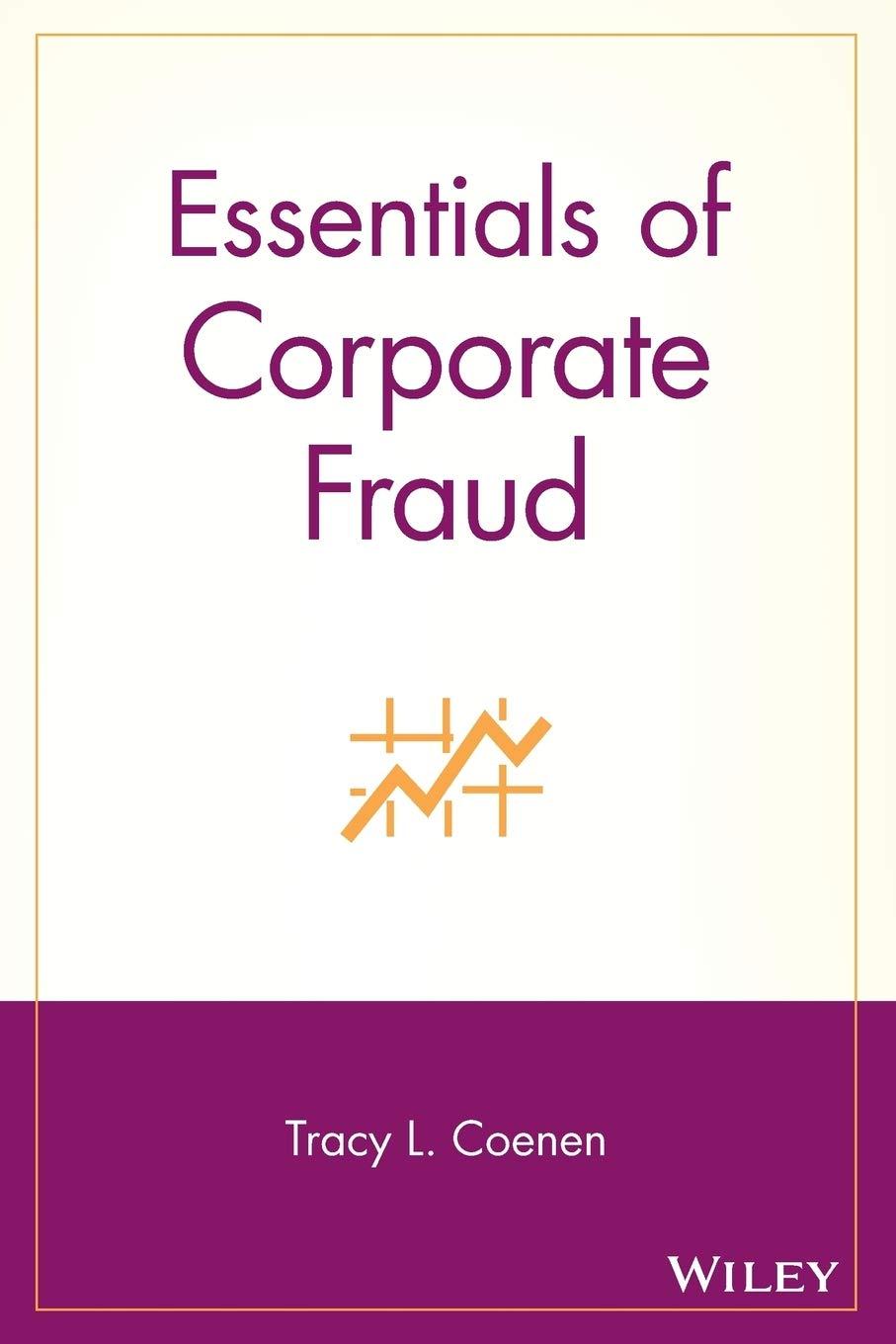Please help with this question.










The Horn Company operates a simple chemical process to convert a single material into three separate items, referred to here as X, Y, and Z. All three end products are separated simultaneously at a single splitoff point. (Click the icon for additional information.) During 2017 , the selling prices of the items and the total amounts sold were as follows: (Click the icon to view the sales information.) Requirement 1. Compute the cost of inventories of X,Y, and Z for balance sheet purposes and the cost of goods sold for income statement purposes as of December 31, 2017, using the (a) NRV, and the (b) constant gross-margin percentage NRV cost allocation methods. (a) Start with the NRV cost allocation method. Begin by computing the net realizable value for total production at the point of splitoff and the weighting for each product. (Enter the weights to two decimal places.) Net realizable value of total production at splitoff Weighting Products X and Y are ready for sale immediately upon splitoff without further processing or any other additional costs. Product Z, however, is processed further before being sold. There is no available market price for Z at the splitoff point. The selling prices quoted here are expected to remain the same in the coming year. - X80 tons sold for $2,000 per ton - Y180 tons sold for $1,500 per ton - Z368 tons sold for $1,000 per ton The total joint manufacturing costs for the year were $400,000. Horn spent an additional $250,000 to finish product Z. There were no beginning inventories of X, Y, or Z. At the end of the year, the following inventories of completed units were on hand: X, 120 tons; Y, 120 tons; Z, 32 tons. There was no beginning or ending work in process. Calculate the joint costs allocated to each of the three products and enter them into the table below. Next, enter the additional costs to process each product after the split, if any, to determine the total production costs of each product using the NRV method. (Enter a "0re cells with a zero balance.) Determine the formula needed to compute the cost of goods sold using the NRV method. = Cost of goods sold (NRV method) Compute the cost of goods sold for income statement purposes as of December 31, 2017, using the NRV cost allocation method. Determine the formula needed to compute the cost of ending inventory using the NRV method. x = Ending inventory (NRV method) Compute the cost of inventories of X,Y, and Z for balance sheet purposes as of December 31,2017 , using the NRV cost allocation method. (b) Compute the cost of inventories of X,Y, and Z for balance sheet purposes and the cost of goods sold for income statement purposes as of December 31, 2017, using the constant gross-margin percentage NRV cost allocation method. Horn's constant gross-margin percentage for the period ending December 31, 2017 is % Determine the total costs to produce the products under the constant gross-margin percentage NRV cost allocation method. Constant GM\% )= Cost of goods sold Compute the cost of goods sold for income statement purposes as of December 31,2017 , using the constant gross-margin percentage NRV cost allocation method. Determine the formula needed to compute the ending inventory using the constant gross-margin percentage NRV method. - Ending inventory (Constant GM\%) Compute the cost of inventories of X,Y, and Z for balance sheet purposes as of December 31,2017 , using the constant gross-margi percentage NRV cost allocation method. Requirement 2. Compare the gross-margin percentages for X,Y, and Z using the two methods given in requirement 1 . (Round the gross margin percentages to one decimal place, X.X%
















